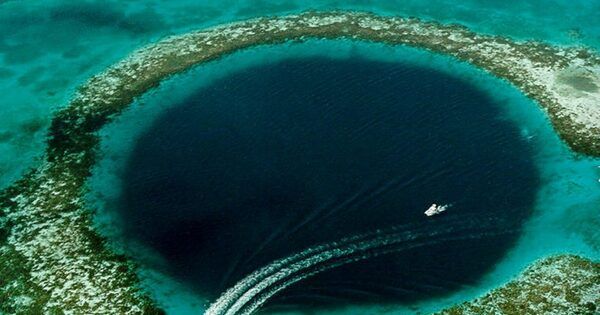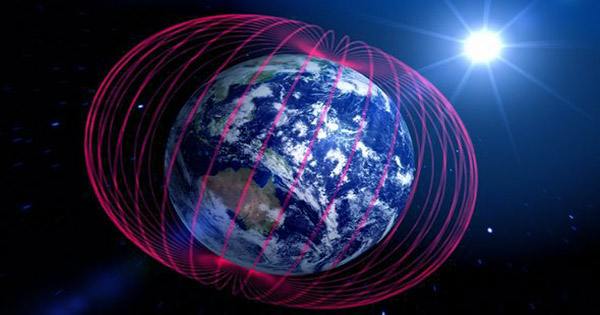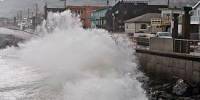Oceanic trenches are long, narrow, and very deep depressions in the ocean floor. They are the deepest sections of the Earth’s oceans, generated mostly by tectonic plate subduction. They are usually 50 to 100 kilometers (30 to 60 miles) wide and 3 to 4 kilometers (1.9 to 2.5 miles) below the surrounding marine bottom, but they can be thousands of kilometers long.
There are approximately 50,000 km (31,000 mi) of oceanic trenches worldwide, primarily in the Pacific Ocean, but also in the eastern Indian Ocean and a few other regions. The Challenger Deep in the Mariana Trench has the highest ocean depth ever measured, at 10,920 meters (35,830 feet) below sea level. These trenches are often located at convergent plate boundaries, where two tectonic plates collide, and one plate is forced beneath the other into the Earth’s mantle.
Key features of oceanic trenches include:
- Depth: Oceanic trenches can extend several kilometers below sea level, with some of the deepest trenches reaching depths exceeding 11 kilometers, such as the Mariana Trench in the western Pacific Ocean.
- Length: Many trenches are hundreds to thousands of kilometers long, extending across vast stretches of the ocean floor.
- Formation: Trenches are primarily formed by the process of subduction, where one tectonic plate is forced beneath another. As the oceanic crust descends into the mantle, it creates a deep trench on the ocean floor.
- Associated Features: Oceanic trenches are often associated with other geological features such as volcanic arcs, island arcs, and deep-sea trenches. These features can be the result of intense volcanic activity and the melting of subducted crust.
- Geological Activity: Trenches are regions of intense geological activity, including earthquakes, volcanic eruptions, and the formation of deep-sea trenches. The immense pressure and heat at these depths can trigger seismic events and volcanic activity.
Importance
Oceanic trenches, despite their harsh environments, host unique organisms that have evolved to withstand tremendous pressure, darkness, and low temperatures. These environments frequently contain specialized species of organisms, such as deep-sea fish, invertebrates, and microorganisms.
Notable oceanic trenches include the Mariana Trench in the western Pacific Ocean, the Tonga Trench in the South Pacific Ocean, the Java Trench in the Indian Ocean, and the Peru-Chile Trench in the eastern Pacific Ocean. Oceanic trenches play a critical part in Earth’s geological processes and are major scientific research areas for studying plate tectonics, seismic activity, and deep-sea life.
Oceanic trenches are part of the Earth’s unique plate tectonics. They represent the locations of convergent plate boundaries when lithospheric plates advance toward each other at rates ranging from a few millimeters to more than ten centimeters each year. The oceanic lithosphere forms trenches at a global pace of approximately 3 km2 (1.2 sq mi) every year. A trench indicates the point at which the bent, subducting slab begins to sink beneath another lithospheric slab. Trenches are often parallel to and approximately 200 kilometers (120 miles) from a volcanic arc.
















